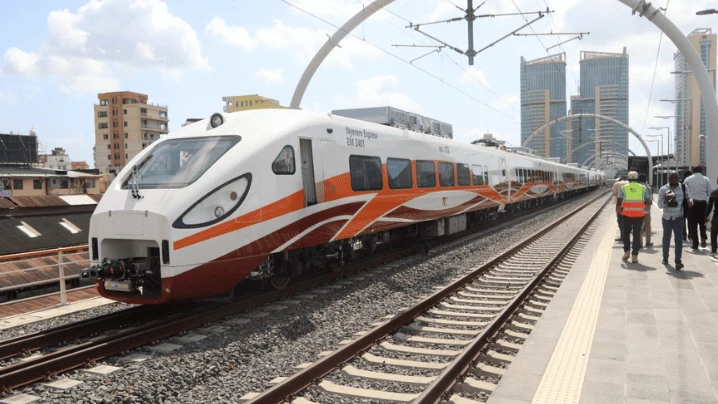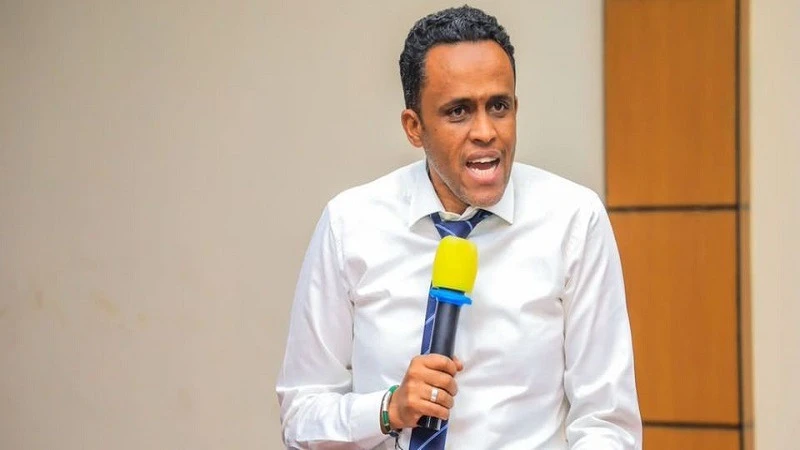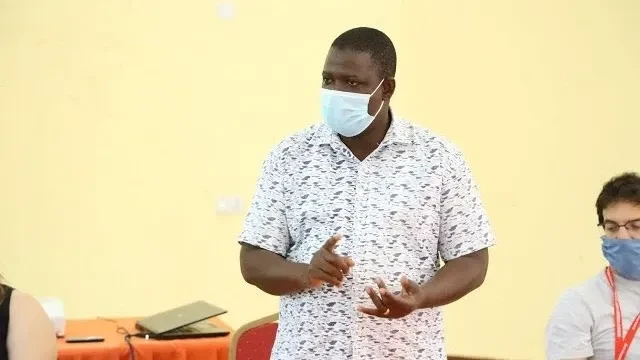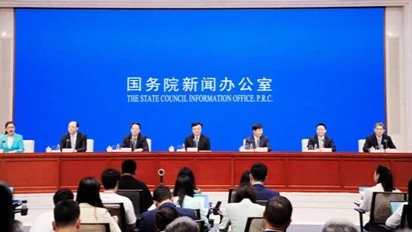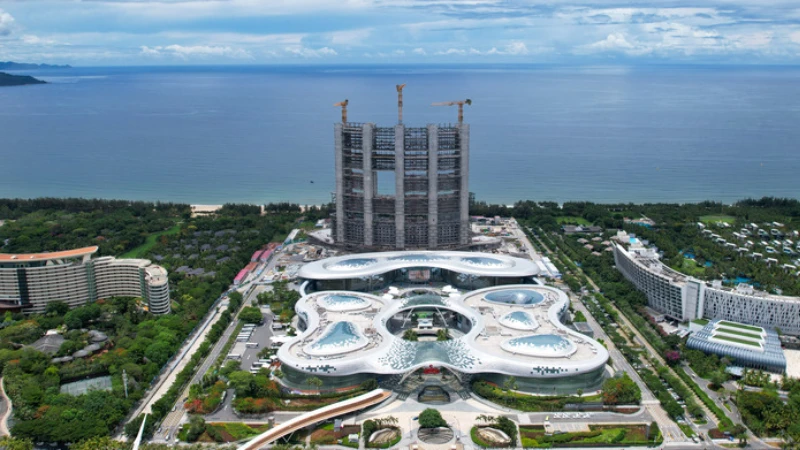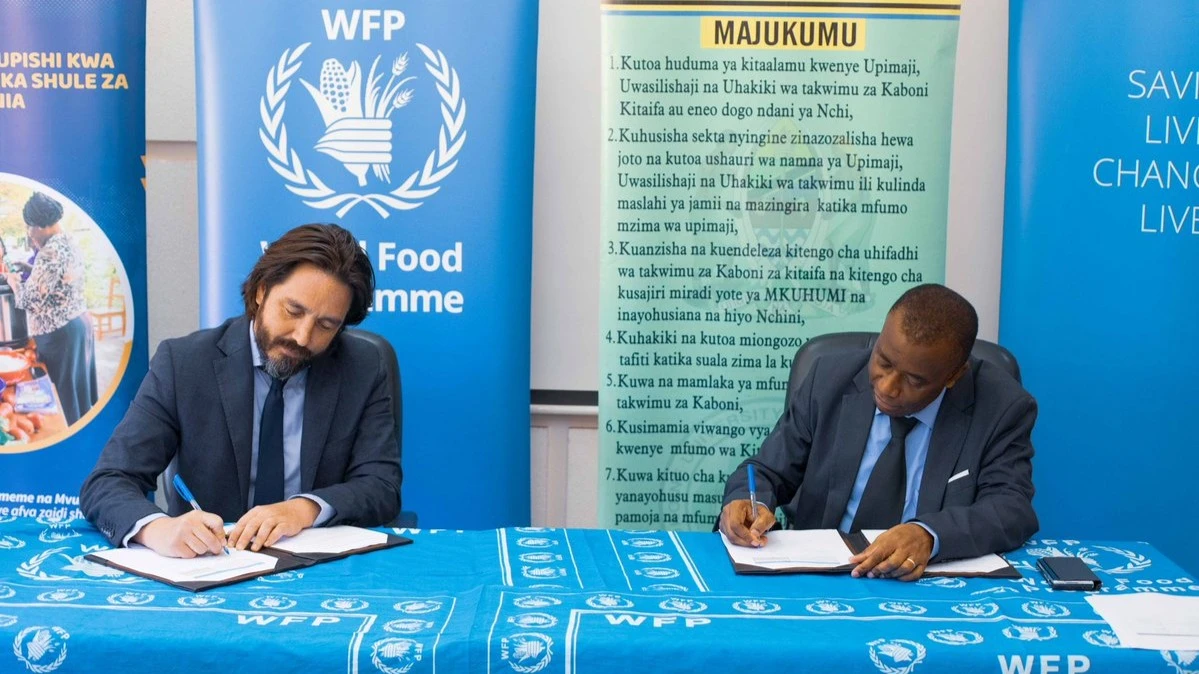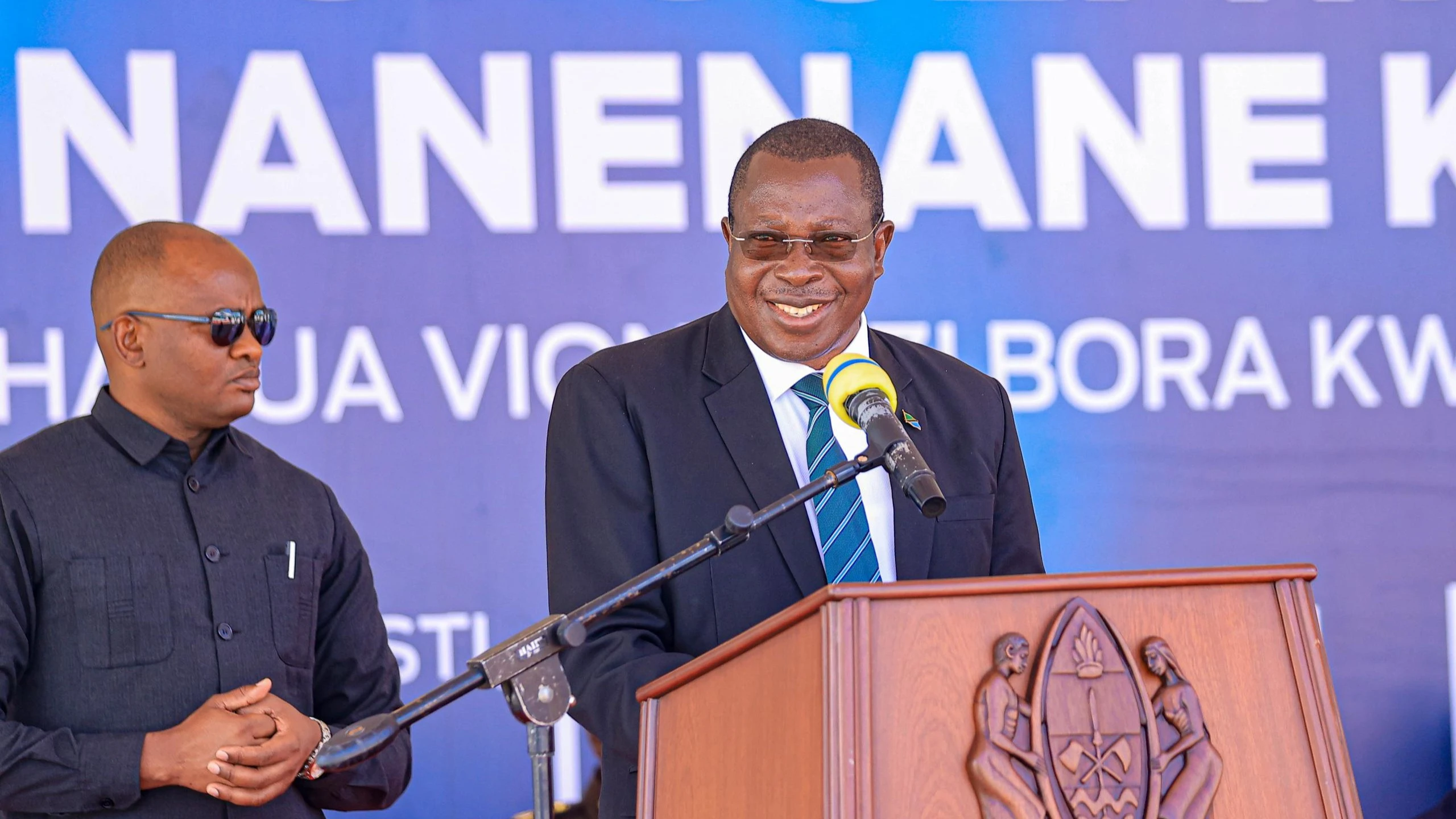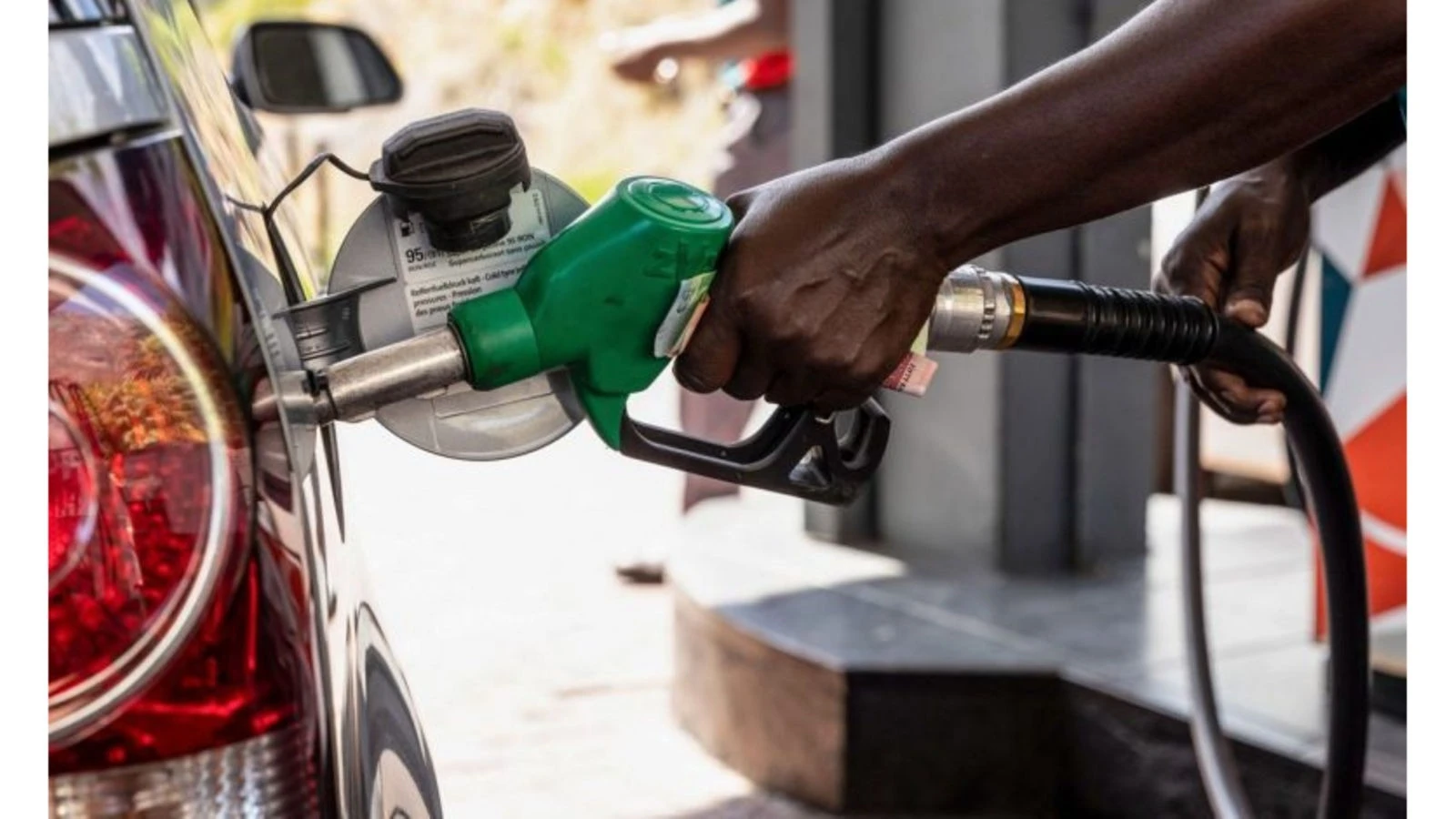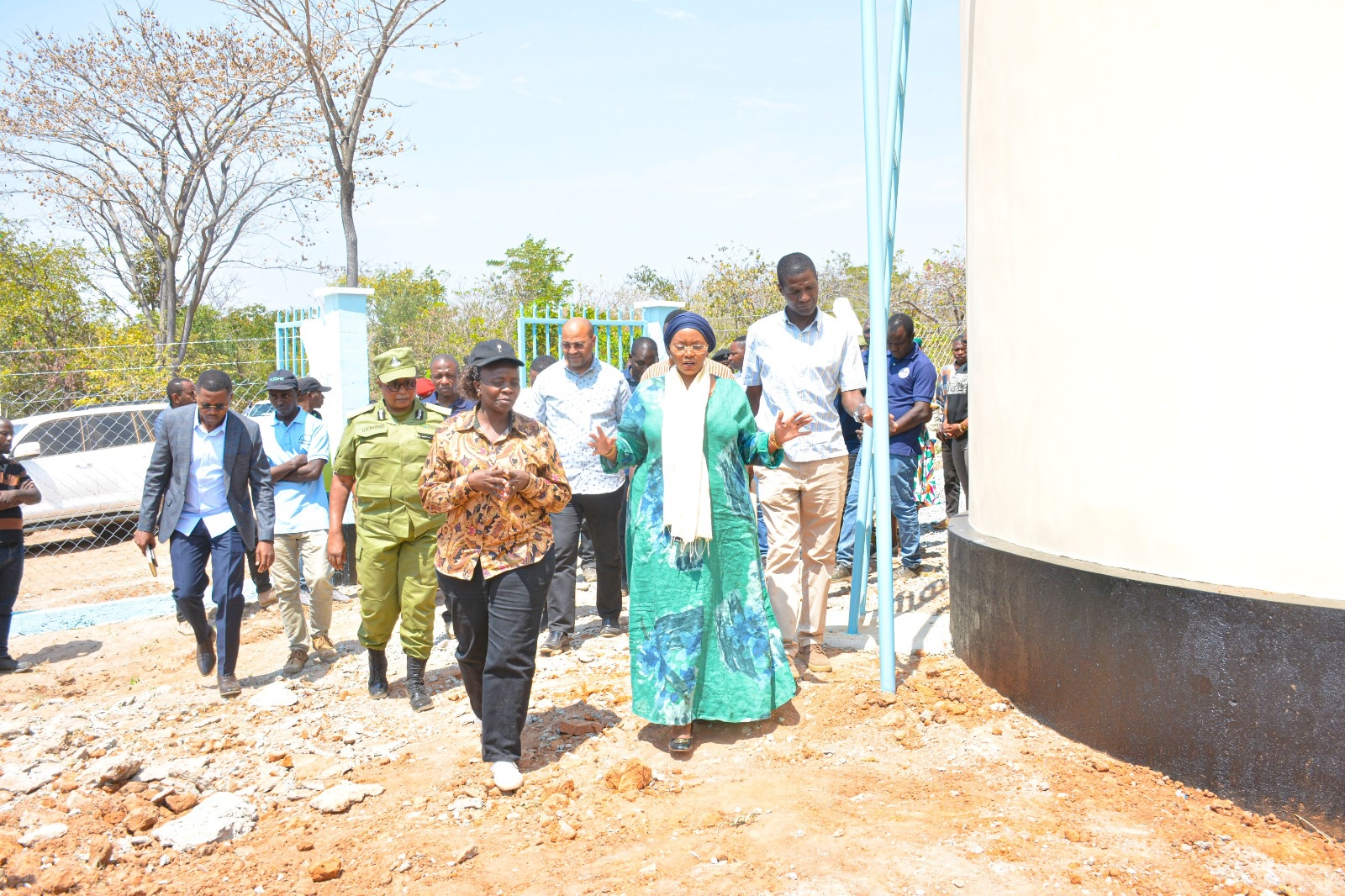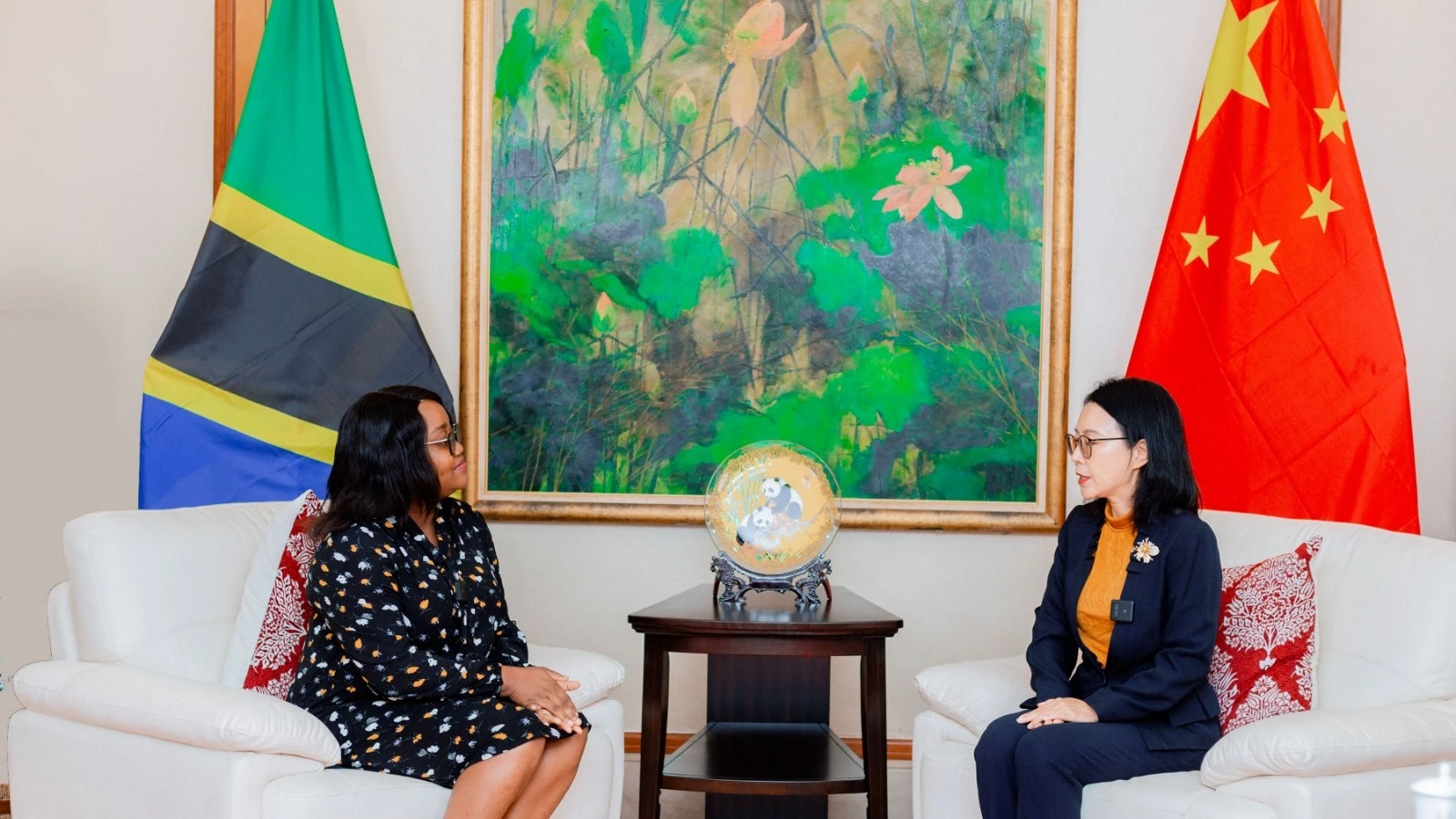Tanzania’s real estate sector poised for stronger growth through 2030
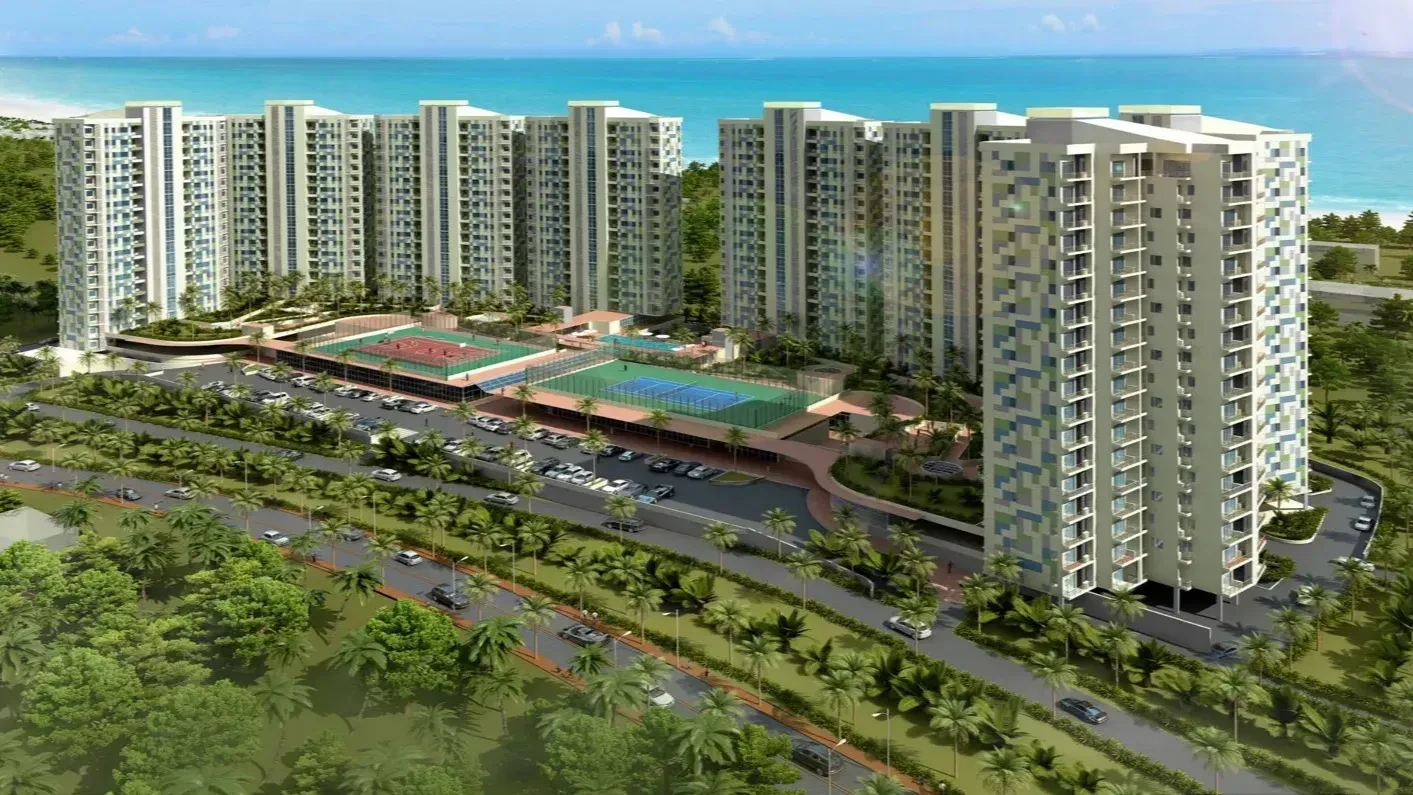
Tanzania’s real estate sector is set for sustained growth from 2026 to 2030, underpinned by strong economic fundamentals, increased foreign investment, infrastructure expansion, and a rising urban population.
As data show from US$1.3–1.6 billion in 2023, FDI rose sharply to US$6.56 billion in 2024, real estate sector contributed significantly, with over US$185 million in inflows in Q3 2024/25 alone.
This trend is supported by a favourable policy environment, including the 2025 Tanzania Investment and Special Economic Zone Authority (TISEZA) Act and the 2023 National Land Policy, which allow 99-year leases and faster development approvals.
Government-led infrastructure projects such as the Standard Gauge Railway and major urban water systems, valued at over US$13.5 billion, are driving demand for property across urban and secondary markets.
Tanzania’s GDP growth is expected to stay around 6 percent through 2026 and could rise toward 8 percent by 2030, boosting investor confidence in long-term real estate potential.
Residential property prices are forecast to grow by 4 to 6 percent annually nationwide, with Dar es Salaam expected to outperform with annual increases of up to 7 percent. From 2024 to 2028, the market is projected to grow at a compound annual growth rate (CAGR) of 4.7 percent.
According to latest data, construction sector is expanding even faster, expected to grow from US$10.7 billion in 2025 to US$17.4 billion in 2030, a 10.2 percent CAGR, driven by both public infrastructure and private real estate development.
The government has implemented reforms to support sector growth. The Tanzania Building Permit System (TBPS) reduced approval timelines in Dar es Salaam from over 180 days to about 75 by 2024.
Further digitisation and national expansion of the system are expected to improve transparency and efficiency. Tax incentives and public-private partnership frameworks are encouraging affordable housing development.
National housing programmes now aim to deliver 200,000 new units annually, targeting civil servants and middle-income earners as it has proposed a bold, the housing Bond.
NHC director general Hamadi Abdallah Hamad, explained recently that this seven-year bond—soon to be floated on the Dar es Salaam Stock Exchange—is more than just a financial product.
“It is a blueprint for inclusive growth and a chance for both ordinary citizens and institutional investors to co-author a new chapter in Tanzania’s housing story,” he said.
At the heart of this initiative lies the Samia Housing Scheme, a national commitment to reshape the urban and peri-urban housing landscape by 2030.
Dar es Salaam remains the epicentre of real estate investment. Coastal areas such as Masaki, Oyster Bay, Mikocheni, and Kigamboni continue to attract both local and foreign investors.
According to Knight Frank, property prices range from US$1,000 to US$1,800 per square metre, with rental prices for one-bedroom units between US$500 and US$800 per month.
Gross rental yields are averaging 6 to 8 percent. Kigamboni’s proximity to the city and new infrastructure like the Kigamboni Bridge make it a rising star for mixed-use and residential developments.
Dodoma is emerging as a major growth area, benefiting from the ongoing relocation of government institutions. Suburbs like Nkuhungu and Chamwino are seeing land value appreciation, with increased investment in public facilities and roads.
Arusha is another hotspot, popular for tourism-driven short-term rentals in neighbourhoods like Njiro, Sakina, and Usa River. Rental yields here are also between 6 and 8 percent, supported by safari tourism and a growing expatriate community.
Other emerging cities include Mwanza and Tanga, which are benefitting from port upgrades and industrial zone investments. Even Singida, a smaller urban centre, is drawing attention from land buyers due to affordable prices and rapid population growth.
Zanzibar continues to grow as a niche market for high-end real estate. New luxury resorts and branded residences, such as Shivo Towers, are part of the island’s push to diversify beyond traditional tourism.
Although increased Airbnb supply has slightly softened yields, tax incentives and high tourist volumes still make vacation rental properties attractive for long-term investment.
However, Mortgage interest rates in Tanzania are still high, averaging between 15 and 20 percent, limiting access to home ownership for many Tanzanians.
Rising regulatory costs are pushing up construction expenses, and land acquisition can be complicated by disputes, especially in peri-urban areas. The legacy of informal housing also continues to create pressure on planning and service delivery in fast-growing cities.
Experts note that the real estate sector is increasingly embracing innovation.
Developers are integrating smart technology into homes, adopting solar solutions, and applying green construction methods. The emergence of PropTech—including blockchain for land records, virtual viewing platforms, and e-permitting—has improved transparency and investor engagement.
According to analysts at Mrisho Consult, the next five years will be critical for shaping the future of Tanzania’s real estate market. They anticipate increasing investor interest in affordable, sustainable, and mixed-use developments. As Tanzania pushes forward with its Vision 2050 development goals, the real estate industry is expected to play a pivotal role in driving inclusive urban transformation and job creation.
With continued regulatory reforms, a young and growing population, and expanding infrastructure, Tanzania is on course to offer both strong capital gains and reliable income opportunities through 2030.
Ongoing construction of low cost housing project in Dar es Salaam
Top Headlines
© 2025 IPPMEDIA.COM. ALL RIGHTS RESERVED



